A Visit To The Archaeological Park of the Neapolis in Syracuse
Syracuse, 4th June 2018.
This morning didn’t start off well. I have a blocked ear since I got sick in Palermo and I’m not feeling well in general. The blocked ear won’t go away and I even dare say it’s getting worse since I can barely hear anything. It’s quite uncomfortable. However, I don’t want this to be a problem on my trip so I have continued with my plans. Today, I visited the Archaeological Park of the Neapolis and the island of Ortigia in Syracuse.
I have divided this daily post in two so it is not too long. In this article, I will explain how the tour around Neapolis has been and, in the next one, the walk around Ortigia, the old town of Syracuse.
Archaeological Park of the Neapolis
The Archaeological Park of the Neapolis is one of the most important archaeological areas in Sicily. It consists of three parts: the Roman Amphitheatre, the Greek Theatre and the Latomy of Paradise. Before coming I looked for information to get an idea of what to expect, and I found both positive and negative reviews. There were travellers who thought that the visit was very worthwhile and others who were not very convinced.

The Neapolis is located in the upper part of Syracuse but if you’re staying in the centre it’s very easy to arrive on foot. In my case, I walked from the LOL Hostel and it took me about 15 minutes to get in there at a normal pace. However, it was almost noon and I could feel the burning heat. Luckily I had my hat, sunscreen and enough water with me.
I bought the entrance to the park in the ticket desk and it cost me 10€. Here I want to make a note and say that there are two ticket desks. The first one is in the shopping area where the buses park and it’s usually for groups. The second one is in the same entrance of the park and apparently you can get maps in different languages and an audio guide there. Due to lack of knowledge I bought it in the first one, although it is almost the same. You can pay either in cash or with credit card.
Roman Amphitheater
My first stop was the Roman Amphitheatre, which is the first thing you see when you enter the park. I was surprised that they didn’t ask me for the ticket entrance upon arrival so I guess the access to this place is free of charge.
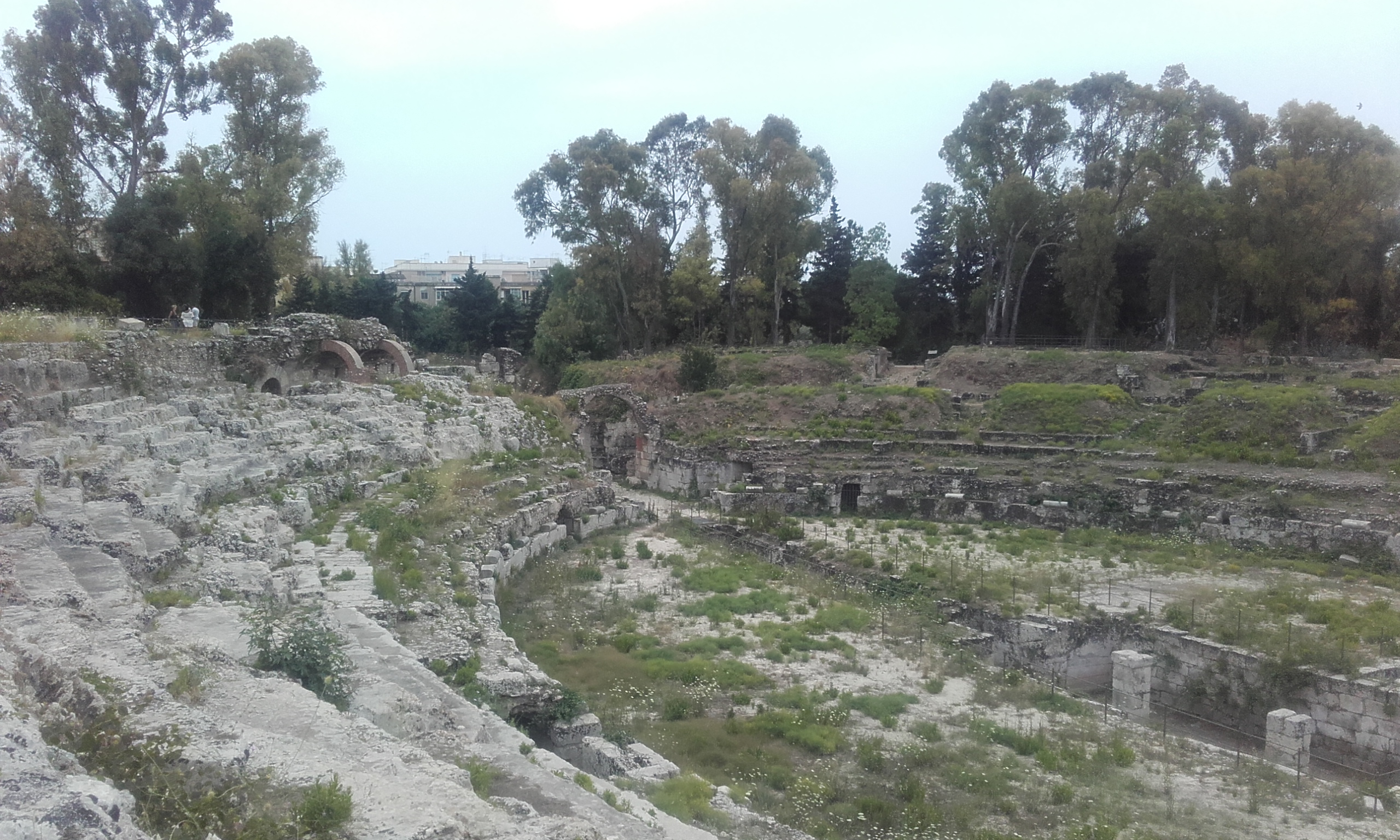
The Roman Amphitheatre was excavated in the same rock of the location and nowadays you can still appreciate how big it was. You have to go through some corridors in the stands in order to see it, as you cannot go down to the amphitheatre as such. I don’t think you can see the whole place either because some areas were closed to the public. Still, I found it quite interesting and I couldn’t help but imagine what one of the shows of the Roman Empire would have been like right there.
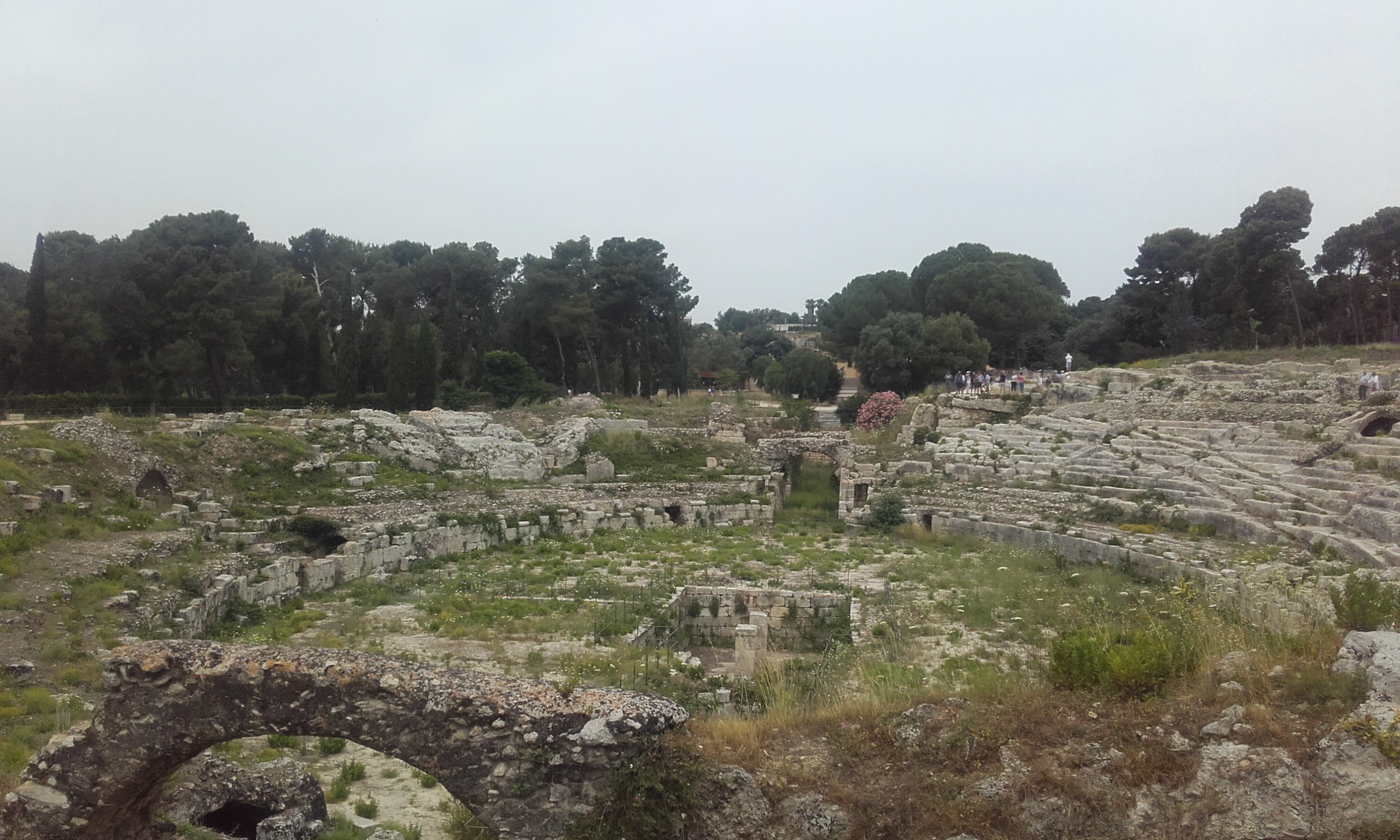
In the part of the arena there was an entire system of underground passages and the rooms where gladiators and beasts waited to come out to fight. Despite the weeds, the ruins were still in fairly good condition. In the upper part you could see the entire system of stands where the public sat down and enjoyed the shows.
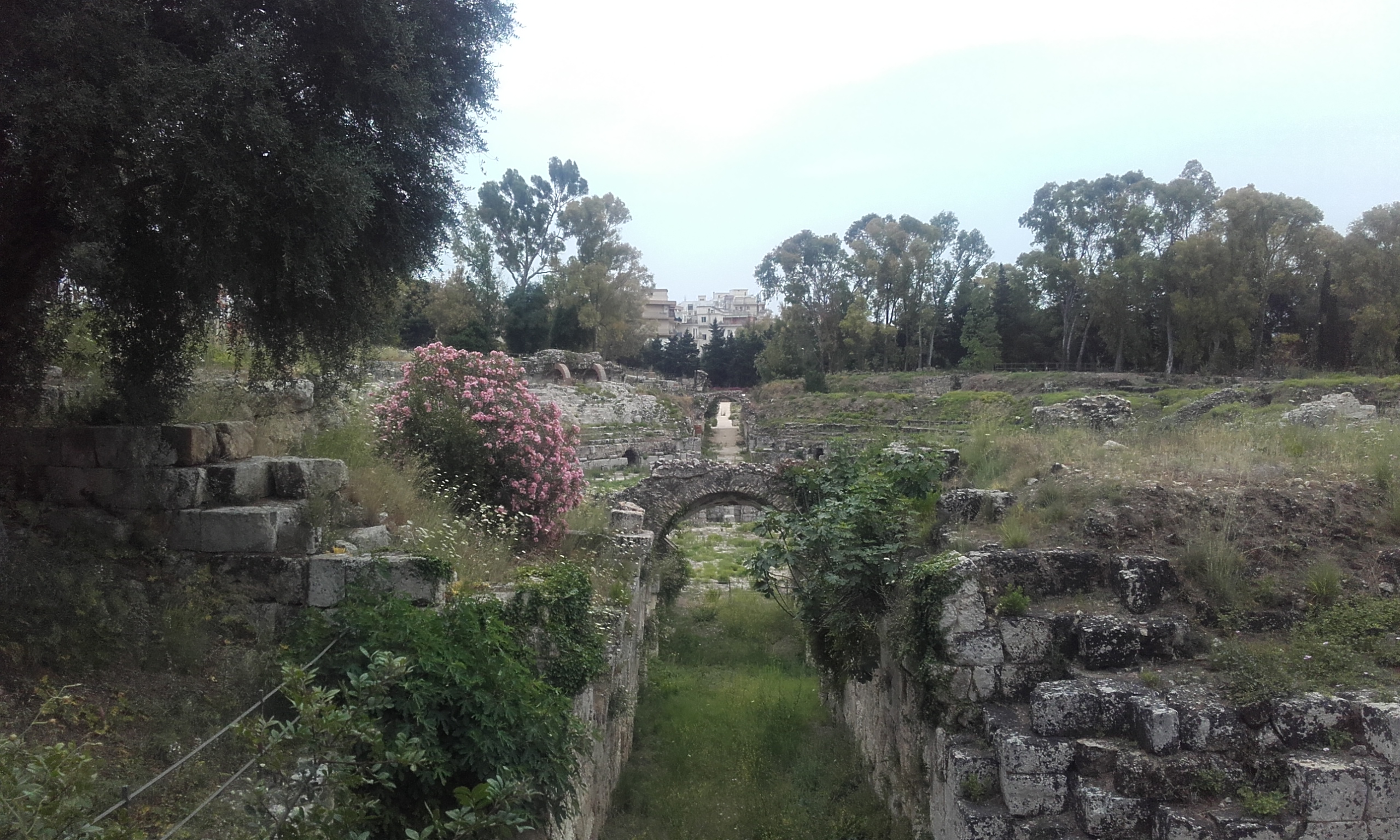
Altar of Hieron (Great Altar of Syracuse)
This monument is practically destroyed and nowadays only the base remains. However, back in time it was enormous and it measured 198 meters long by 23 meters wide. This makes it the longest altar in the ancient world. Up to 450 bulls were sacrificed there to celebrate a military victory, something common in classical times.
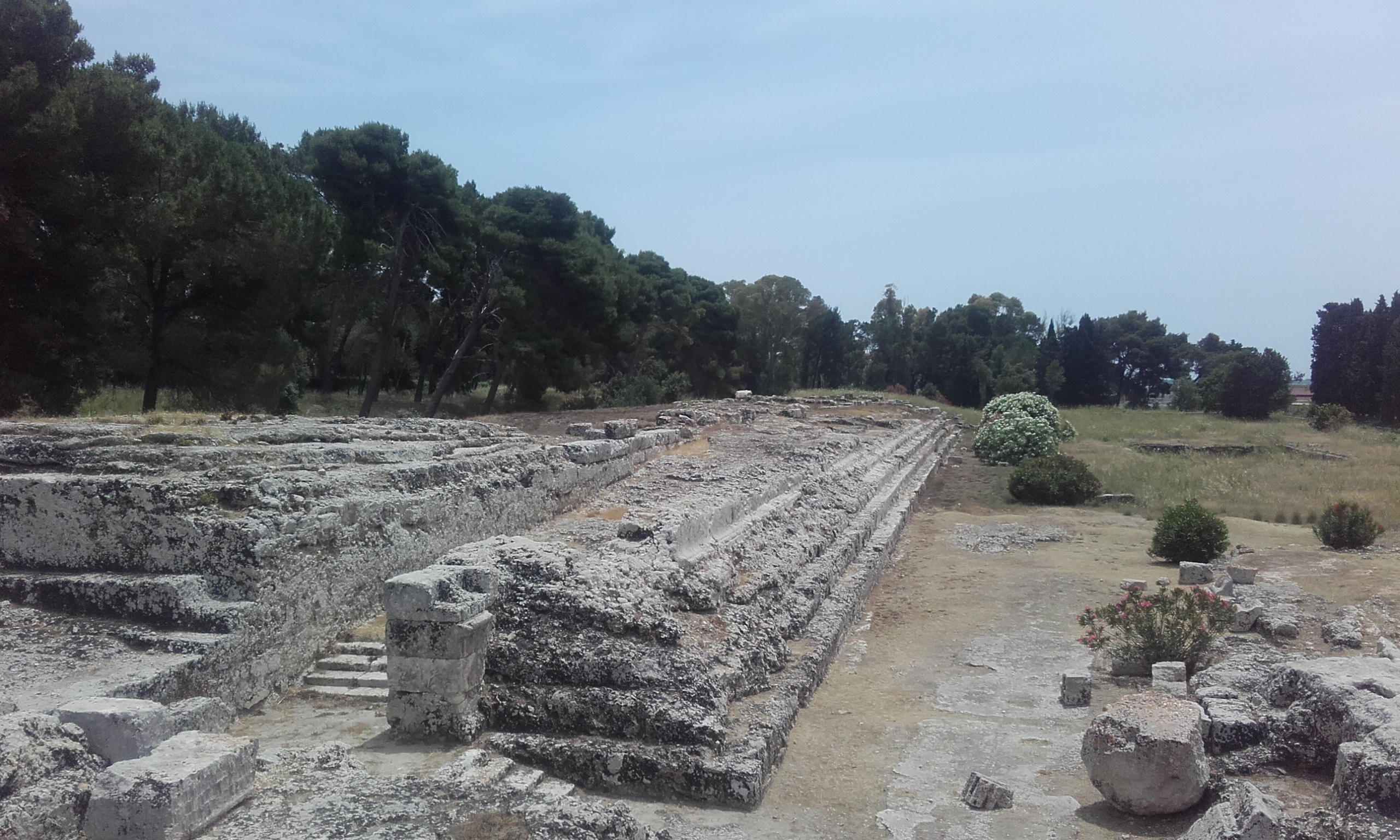
Greek Theatre
From here I continued to the Greek Theatre, where I was asked to show the ticket to enter. If the Romans loved to see bloody shows, the Greeks preferred to enjoy a good play. The Greek Theatre in Syracuse is one of the biggest in the world and it is said that Plato gave a speech here about his idea of the Republic.
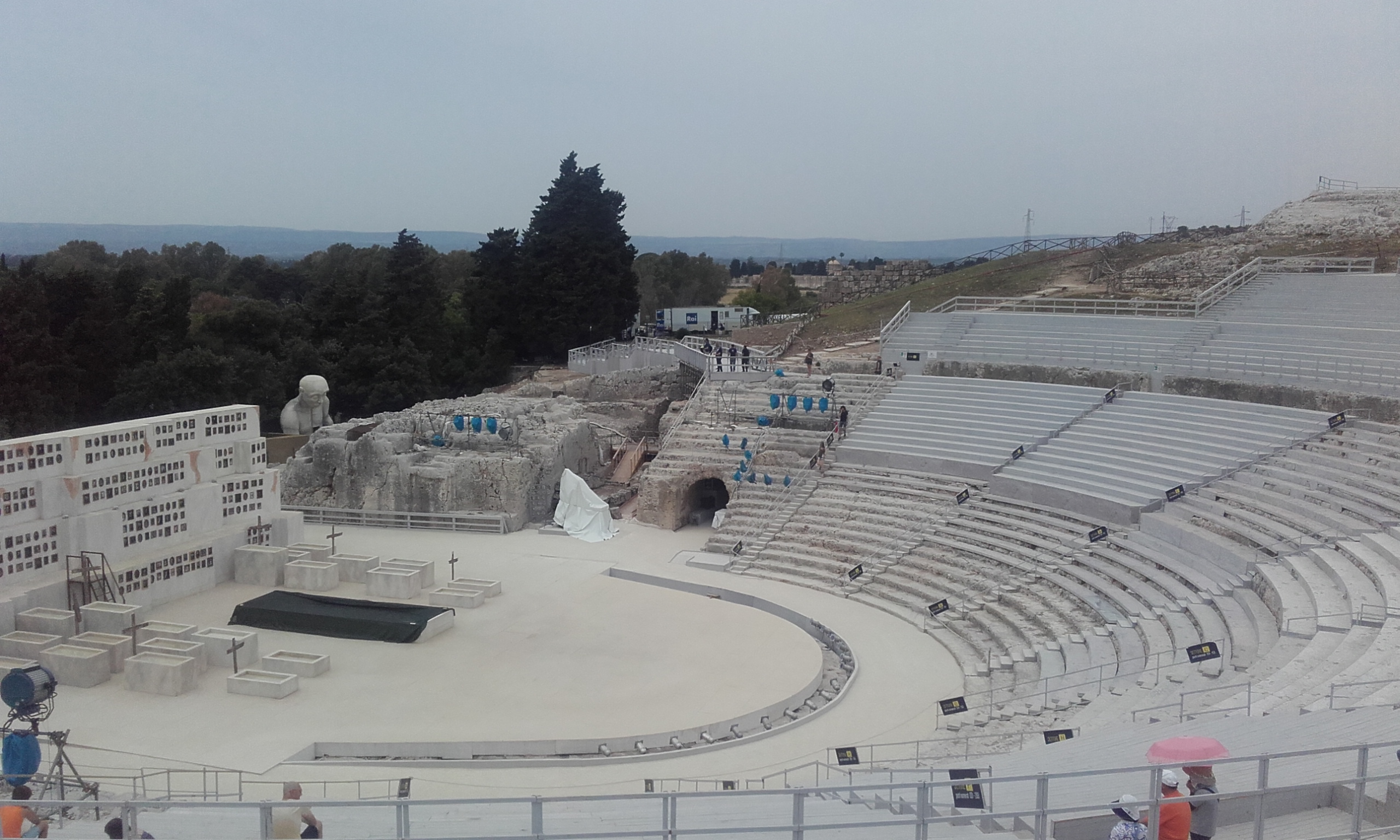
Personally, I was a little disappointed because it had been practically remodeled. There was a floorboard, a stage backdrop, spotlights, posters and wooden seats covering the stone steps. From what I saw, from May to June they do shows and performances and you can tell they have totally adapted it for tourist purposes. For me, it has lost the essence of what it once was. In fact, at first I even had doubts as to whether this was really the original Greek Theatre.
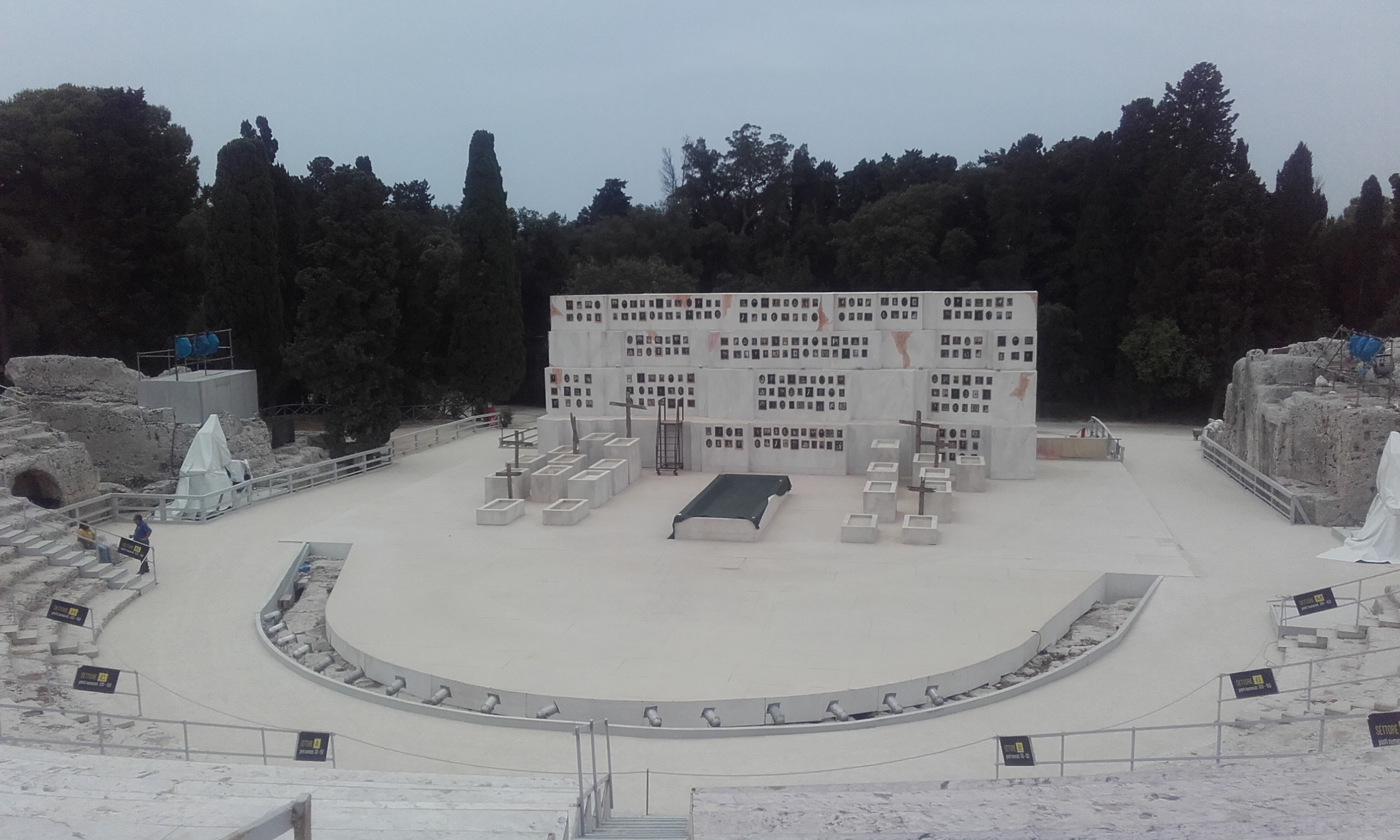
If you go up the steps to the back of the theathre, you can find tombs dug out of the rock.
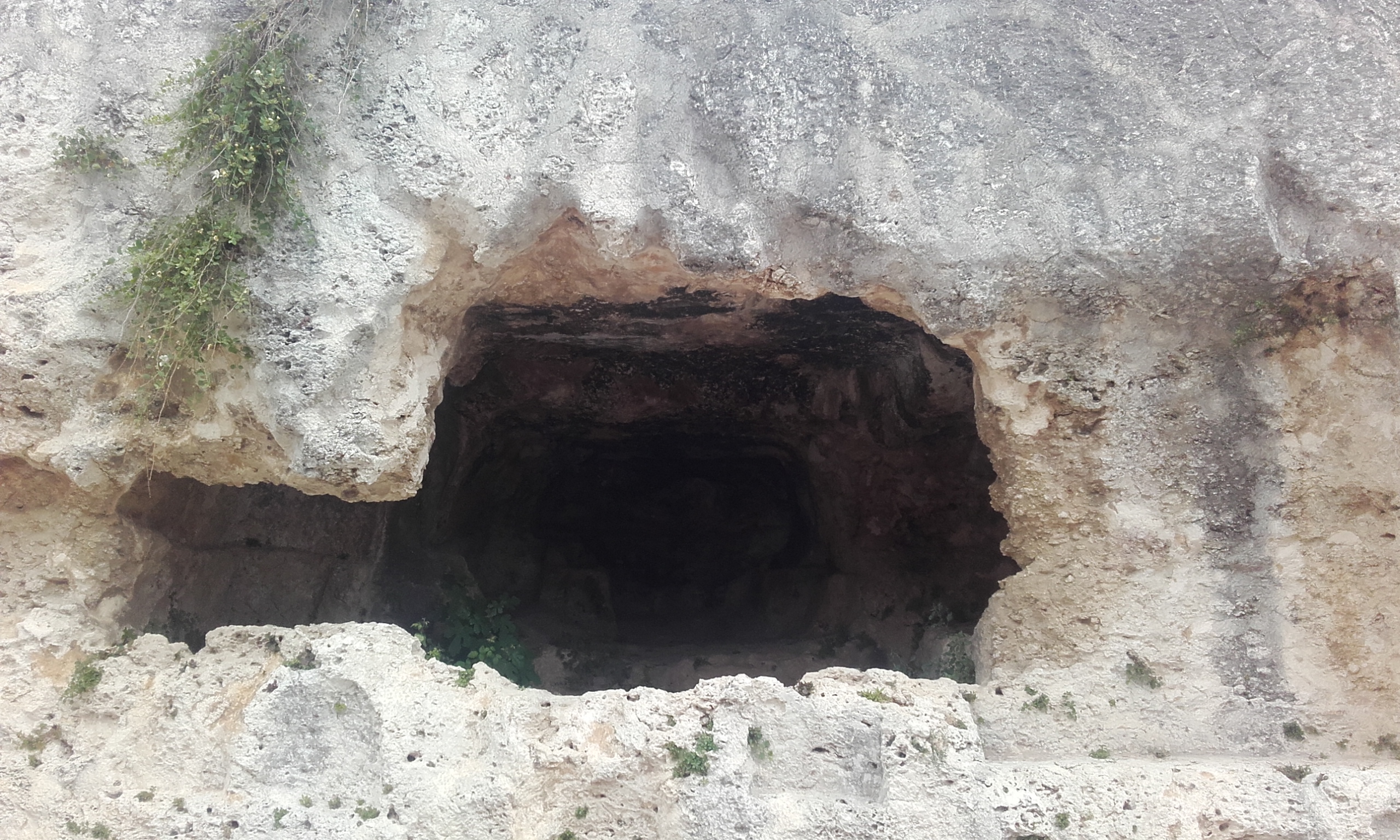
There is also the Grotta di Ninfeo (Ninfeo’s Cave), a water spring where actors and actresses used to meet before the play began.
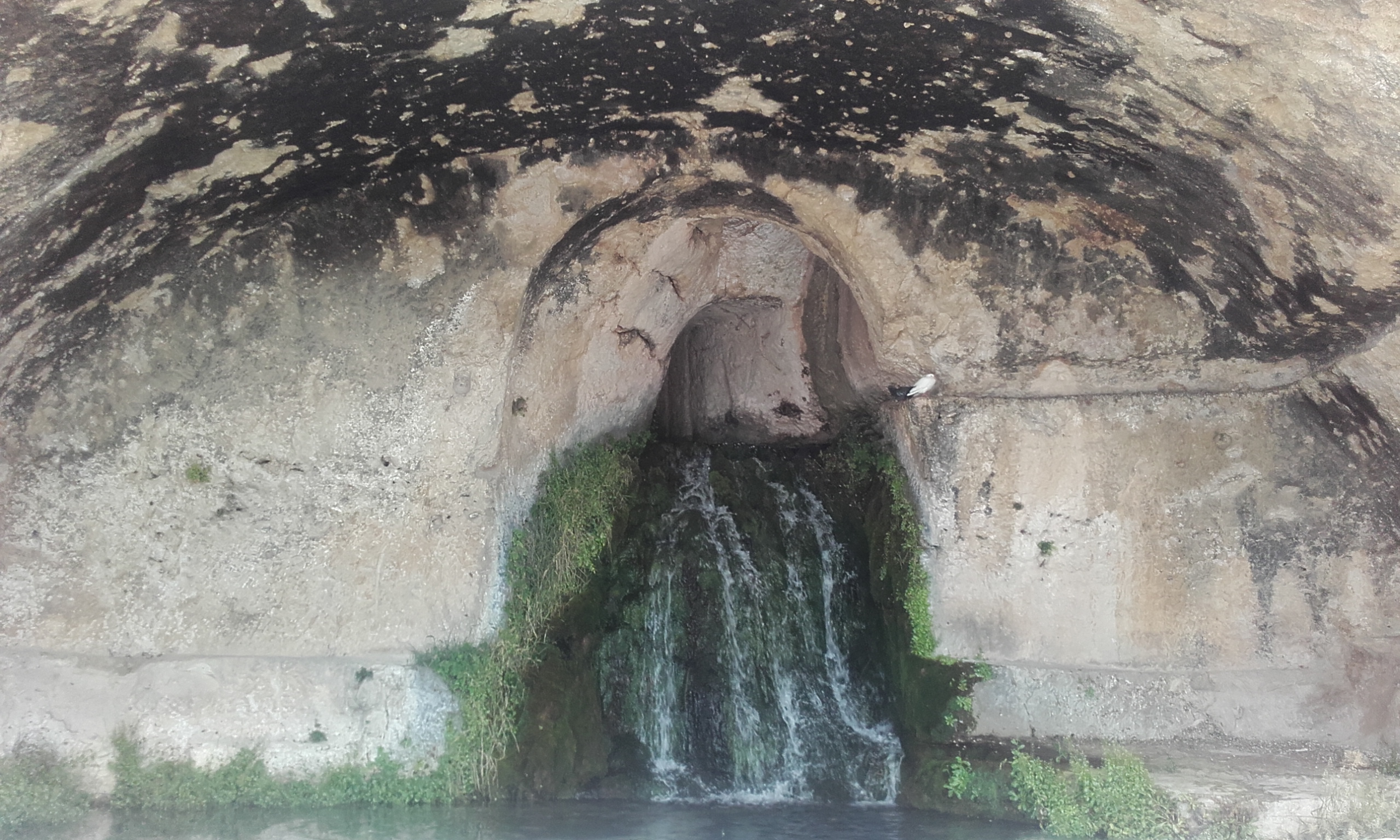
Latomy of Paradise
The Latomy of Paradise is a park with paths surrounded by trees, flowers and plants that lead to the Ear of Dionysius, an artificial cave shaped like an ear.
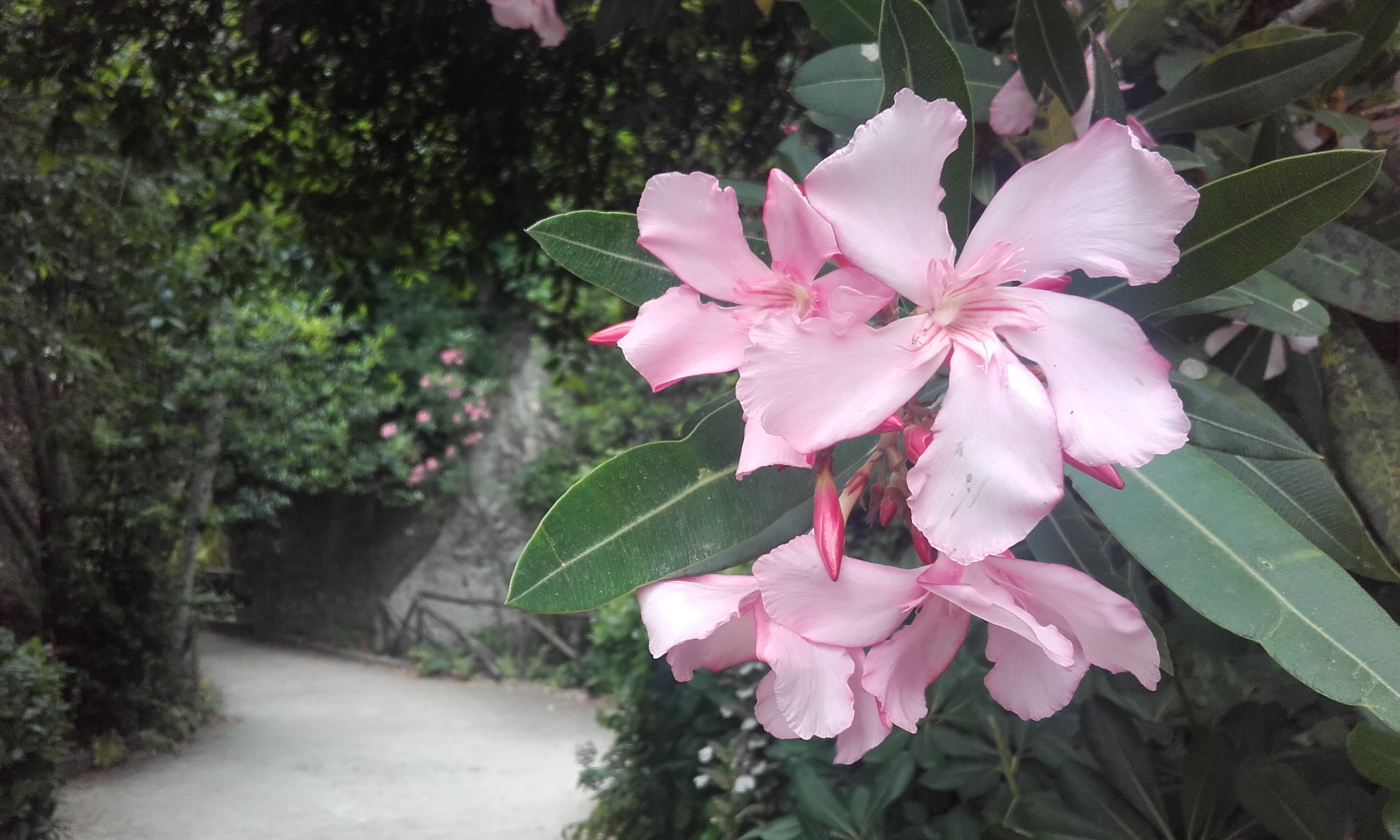
The name of this cave was given by the painter Caravaggio in 1586, referring to Dionysius I of Syracuse. The legend says that Dionysius used the cave to lock up his prisoners and thus hear the plans of the enemies. As the shape of the cave makes a perfect acoustic he could hear every whisper. It is also said that Dionysius had the cave excavated to amplify the cries of the prisoners when they were being tortured. Whether it is true or not, we will never know!
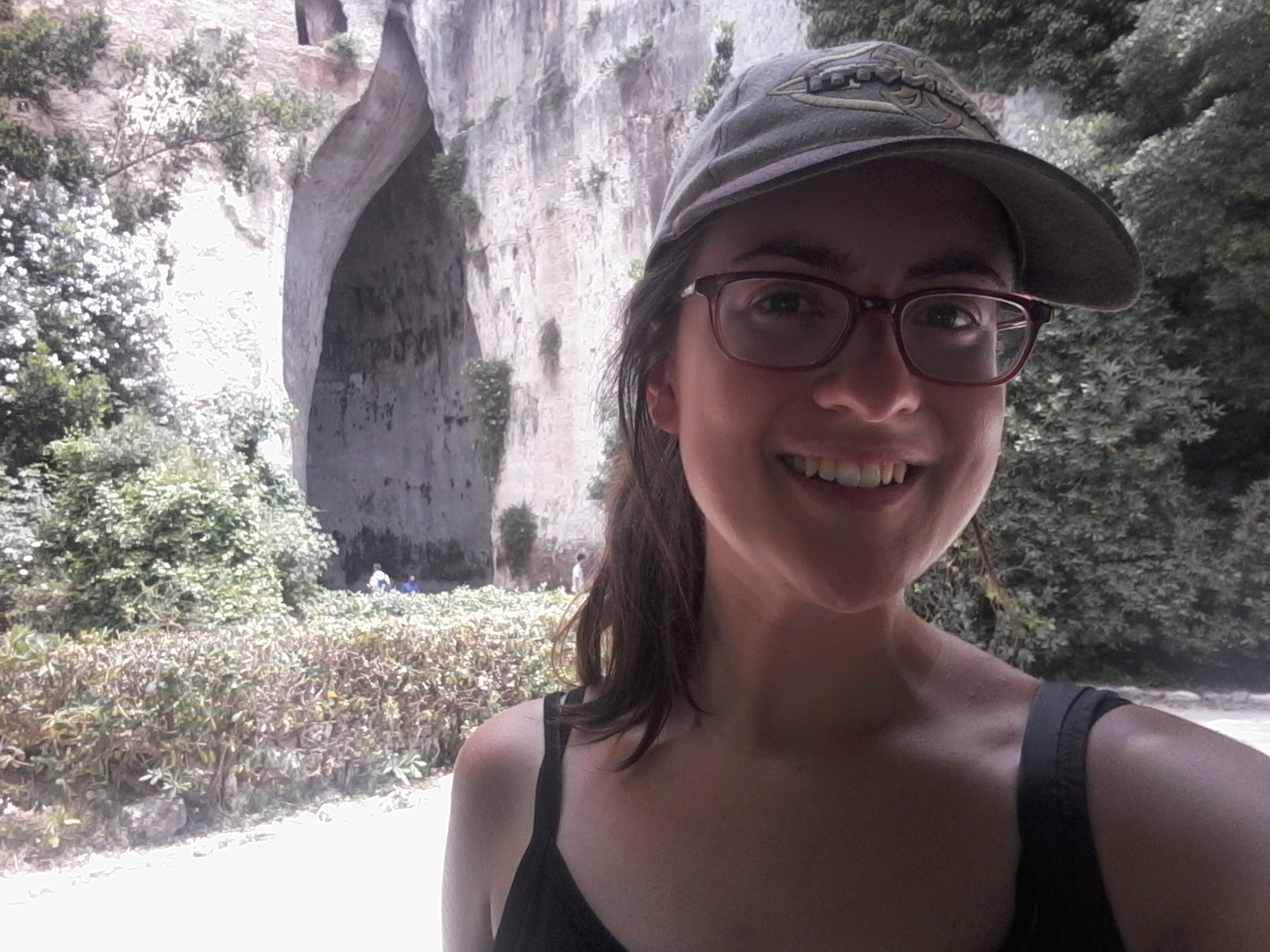
Personally, I found the Ear of Dyonisius much more interesting than the Roman Amphitheatre and the Greek Theatre. It was absolutely dark inside and you could hear your own echo.
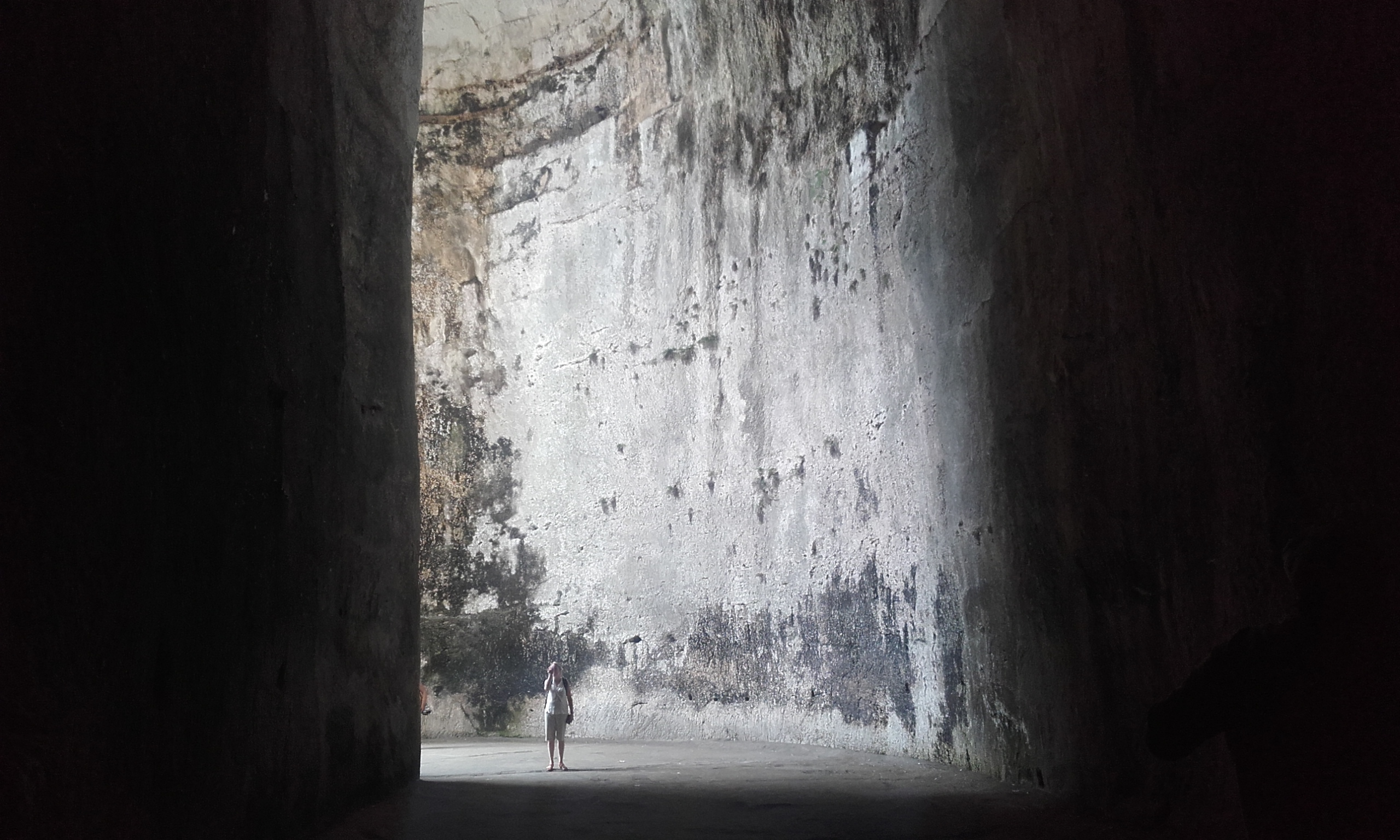
Next to the Ear of Dyonisius there was another cave called “Grotta dei Cordari” (Cave of the Candlesticks). Craftsmen used to work here to make ropes, taking advantage of the humidity of the cave. It was closed to the public and it could only be seen from outside.
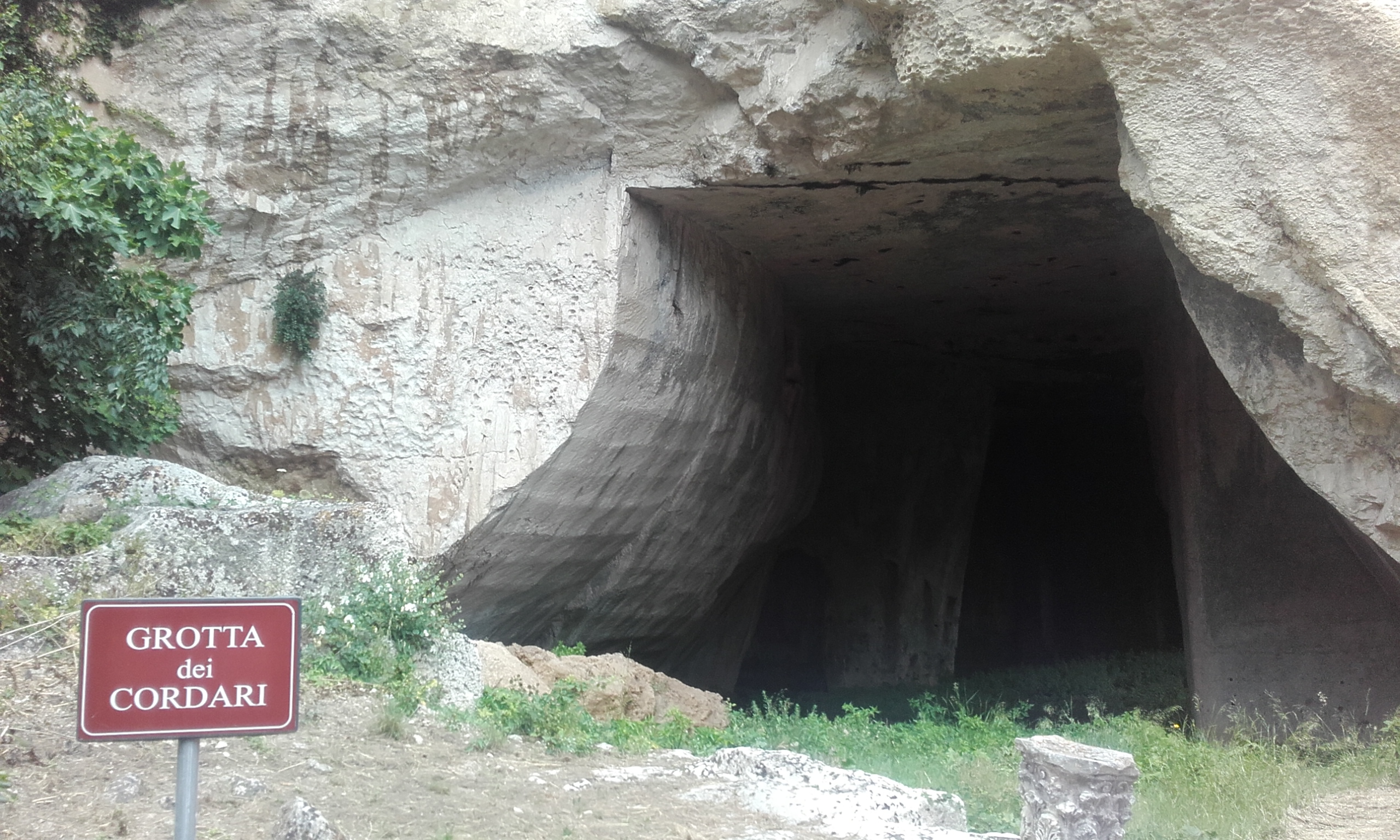
Archimedes’ alleged tomb
After visiting the Neapolis I went in search of the supposed tomb of Archimedes, which was outside the archaeological park. This enclosure is another part of the archaeological area formed by excavations in the rock in the form of small caves. One of them is a little bit bigger and is where Archimedes is said to have been buried. However, it is not known for sure and it is more an urban legend than anything else.
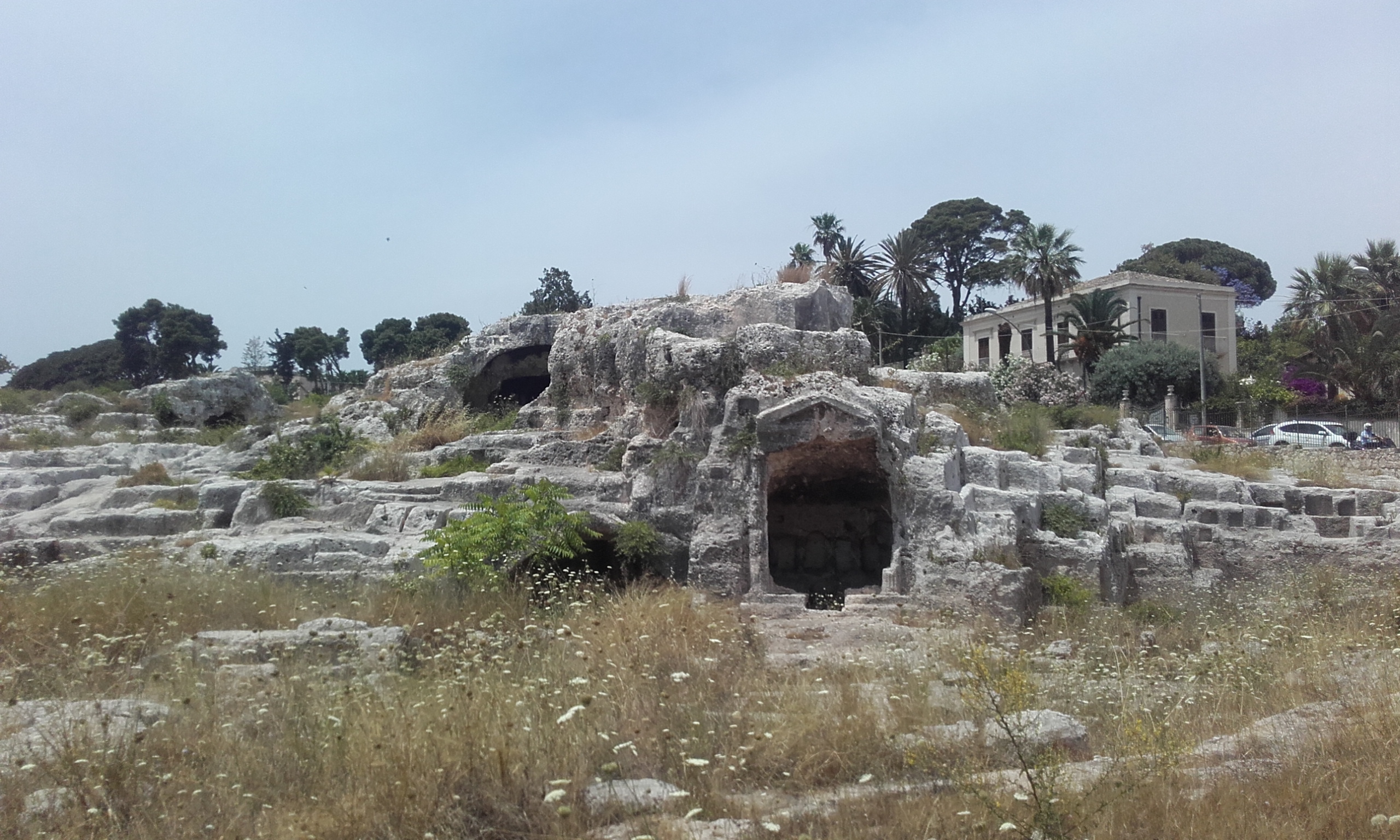
There was no one else at Archimedes’ tomb besides me. As it is a little further from the Neapolis and is not advertised anywhere I believe it goes unnoticed. By the way, this compound was also closed to the public and could only be seen from the outside.
My final review of Neapolis
My visit to the Archaeological Park of the Neapolis and Archimedes’ tomb lasted approximately one and a half hours. However, I believe it can be much longer if you go with an audio guide or if you prefer to spend more time observing every detail.
Personally, I expected more of this historical place. It is true that it is interesting to see, but I think the price is too high considering the following aspects:
- The Greek Theatre has been practically renovated and, in my opinion, exploited for tourist purposes. It does not retain its original state and this is something I would have liked to see.
- The Roman Amphitheatre and Archimedes’ tomb can be visited free of charge. You only have to pay to enter the Greek Theatre and the Latomy of Paradise. It doesn’t make much sense.
- There is no explanatory panel on the premises and you are not given a map or brochure with the entrance. The audio guide is paid separately. Therefore, before going to the archaeological park, I recommend that you find information by yourself so that you know better what you are going to see.
An unexpected reunion
You will not believe what happened to me when I returned from the Neapolis… I was in the hostel room chatting with my new companions and suddenly a girl who looked very familiar to me came in. And guess who she was… Ivana, the girl I had gone with to the Scala dei Turchi in Agrigento! I was shocked because I didn’t know she was planning to come to Syracuse and she didn’t know I was here either. Same city, same hostel, same room. Definitely, the world is very small!
Since we were all there, we decided to go for a walk around Ortigia together. I went with Kaisa (from Finland), Marion (from Germany), Ivana (from Croatia) and me. If it wasn’t because we were four of us, we would look like the Charlie’s Angels.